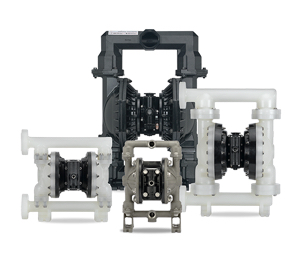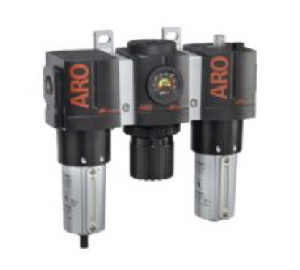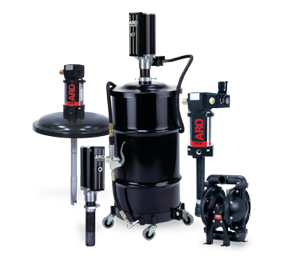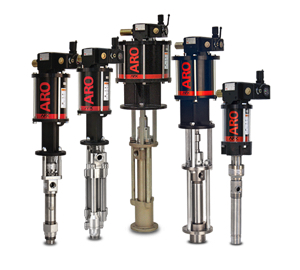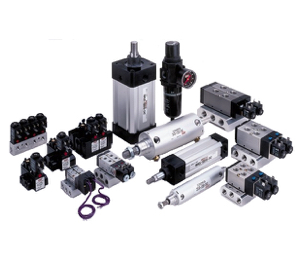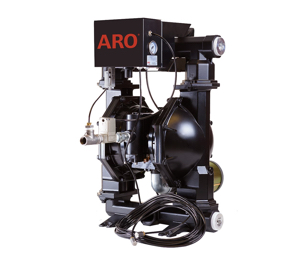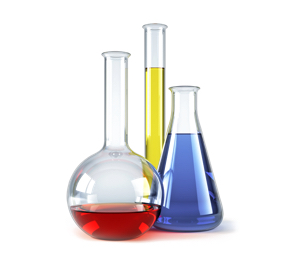Polypropylene – A general purpose low cost material having broad chemical resistance for use in a wide variety of chemical applications.
Kynar (PVDF) – A high performance fluorpolymer resin with excellent chemical resistance properties. Used for pumping aggressive chemicals at elevated temperature. Material also has excellent mechanical properties.
Groundable Acetal – An excellent material for use in solvent transfer applications. The material incorporates metallic fibers in the resin to render the material conductive to eliminate static charge build up and potential static discharge.
Rating
A = Excellent | B = Good | C = Fair | D = Poor
| Non-Metallic Wet End Materials |
Temperatue Limits** |
Acid Service |
Caustic Service |
Solvents
(Ketones/Acetates |
Hydrocarbons
Aromatic/Chlorinated |
|---|
| Polypropylene |
+32˚ to 175˚F |
A |
A |
NR |
NR |
| PVDF |
+10˚ to 200˚F |
A |
A |
* |
* |
| Groundable Acetal |
-20˚ to 180˚F |
D |
D |
A |
A |
*Check chemical compatibility guide for part specific solvent or hydrocarbon.
**Maximum temperature is based on mechanical stress only. Certain chemicals can significantly reduce maximum safe operating temperature.



